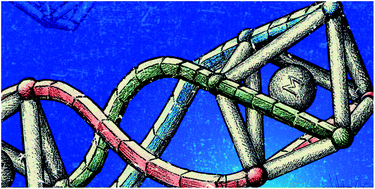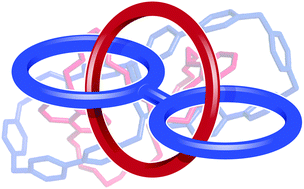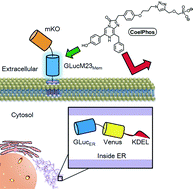Many researchers use photographs of fluorescent solutions to illustrate their scientific papers but scientists in Germany have shown these photographs are more than just pictures and actually contain valuable information.

Data equivalent to multiple emission spectra extracted from a single photograph
Emission spectroscopy is considered the gold standard for characterising fluorescent solutions but analysing this data can be time consuming and non-intuitive, especially when a lot of data is involved. This led Uwe Bunz’s team at Heidelberg University to ask if photography might be a better method for obtaining this information quickly and efficiently. And the answer is yes.
Photographic and spectroscopic data can be compared using the chromaticity coordinates, r,g. These can be easily extracted from emission spectra using colour matching functions. However, in order to extract chromaticity coordinates from photographs, we have to assume that the camera is using the same set of functions. ‘There was no good way to compare information gleaned from emission spectra and photographs,’ explains Bunz.
To get around this problem Bunz’s team used pseudo colour matching functions to give chromaticity coordinates specific to their camera. These values can then be directly compared to r,g values from emission spectra, converting the camera into a three filter detector. ‘We can now interconvert fluorescence spectral data and colour information gleaned from photographs,’ says Bunz. ‘The common denominators are the chromaticity coordinates r,g.’
They tested their method on light emitting diodes (LEDs) and solutions of inorganic quantum dots and organic fluorescent dyes. In all three cases, the photo-extracted coordinates were excellent matches with the spectroscopic values.
‘It’s a very simple but very effective method for analysing fast chemical processes,’ says Manijeh Razeghi, an expert in using cameras for spectroscopy from Northwestern University in Evanston, Illinois, US. ‘Its simplicity allows it to be used by a wide variety of people with different levels of knowledge about spectroscopy.’
Repurposing a camera as a spectrometer may sound a little unorthodox but a single photograph can simultaneously capture data on multiple coloured solutions making it cheap and efficient. Its applications range from the analysis of quality control test trips to adulterations of medical drugs.
You can read also this article in Chemistry World»
Read the original journal article in Chemical Science:
Photoscopy: Spectroscopic Information from Camera Snapshots?
Uwe Bunz, Thimon Schwaebel and Sebastian Menning
Chem. Sci., 2013, DOI: 10.1039/C3SC52928B, Edge Article















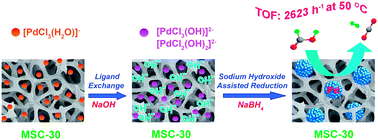
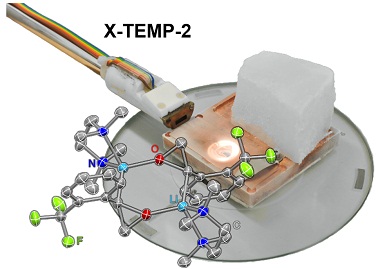

 Scientists from Japan have
Scientists from Japan have 
